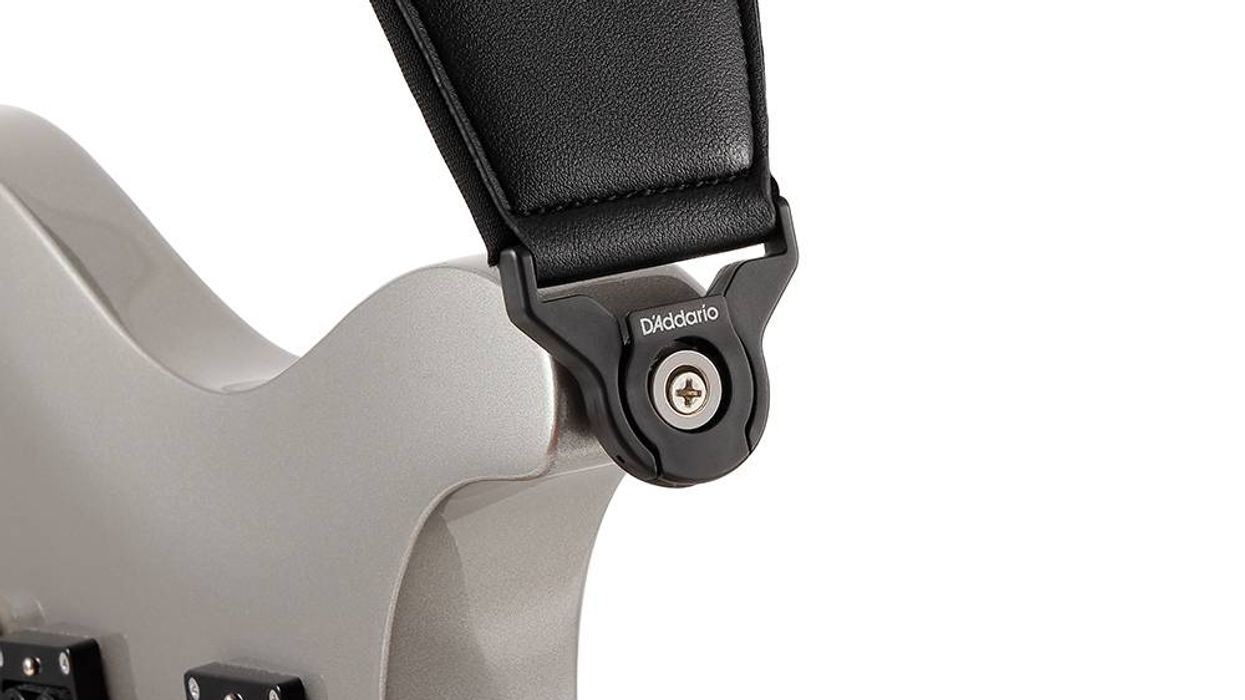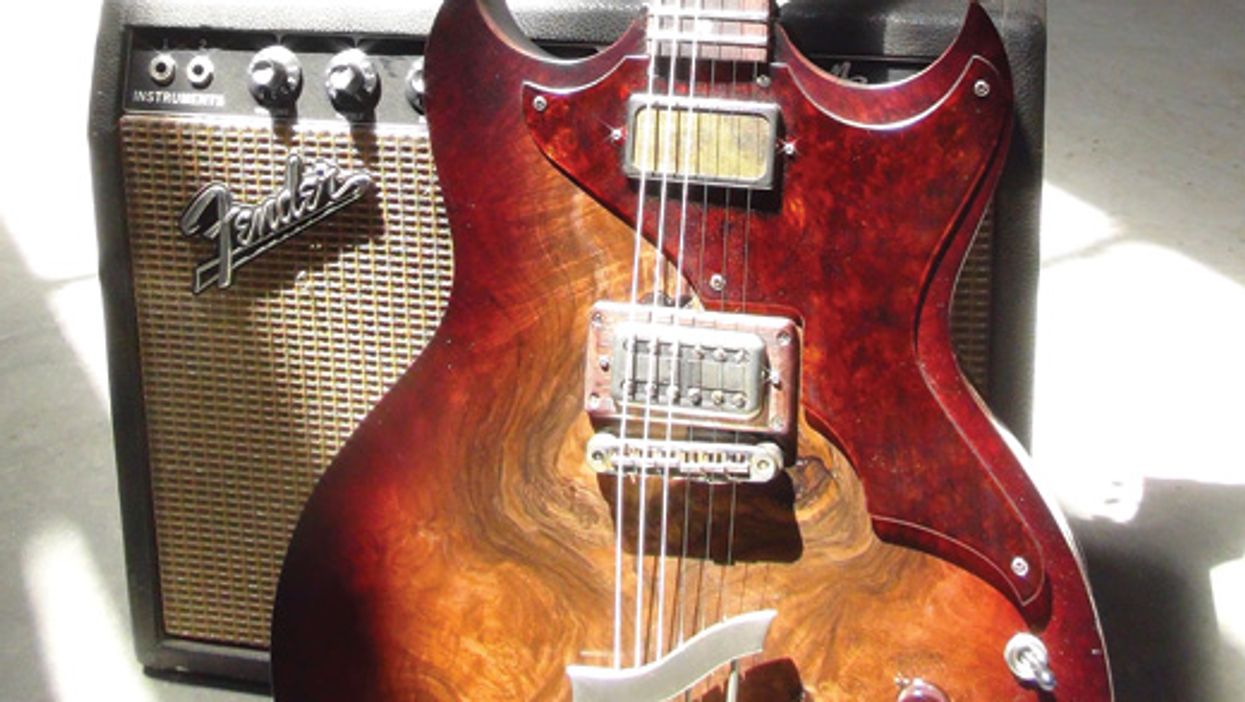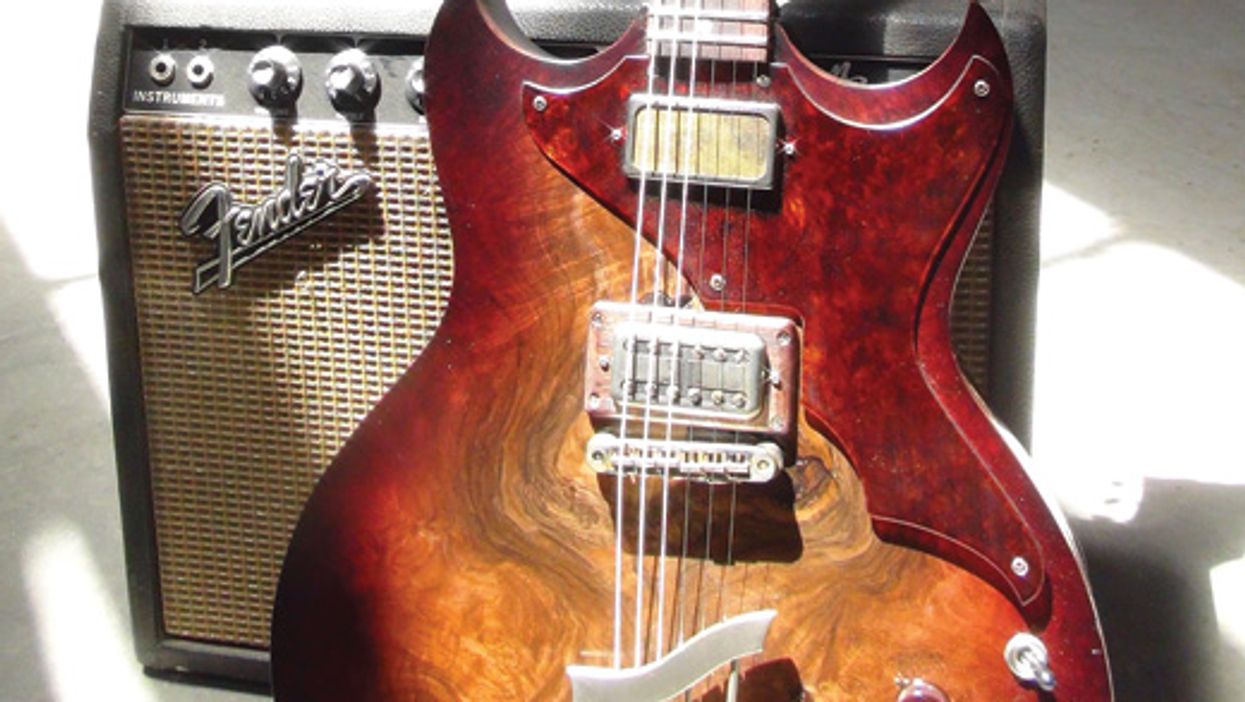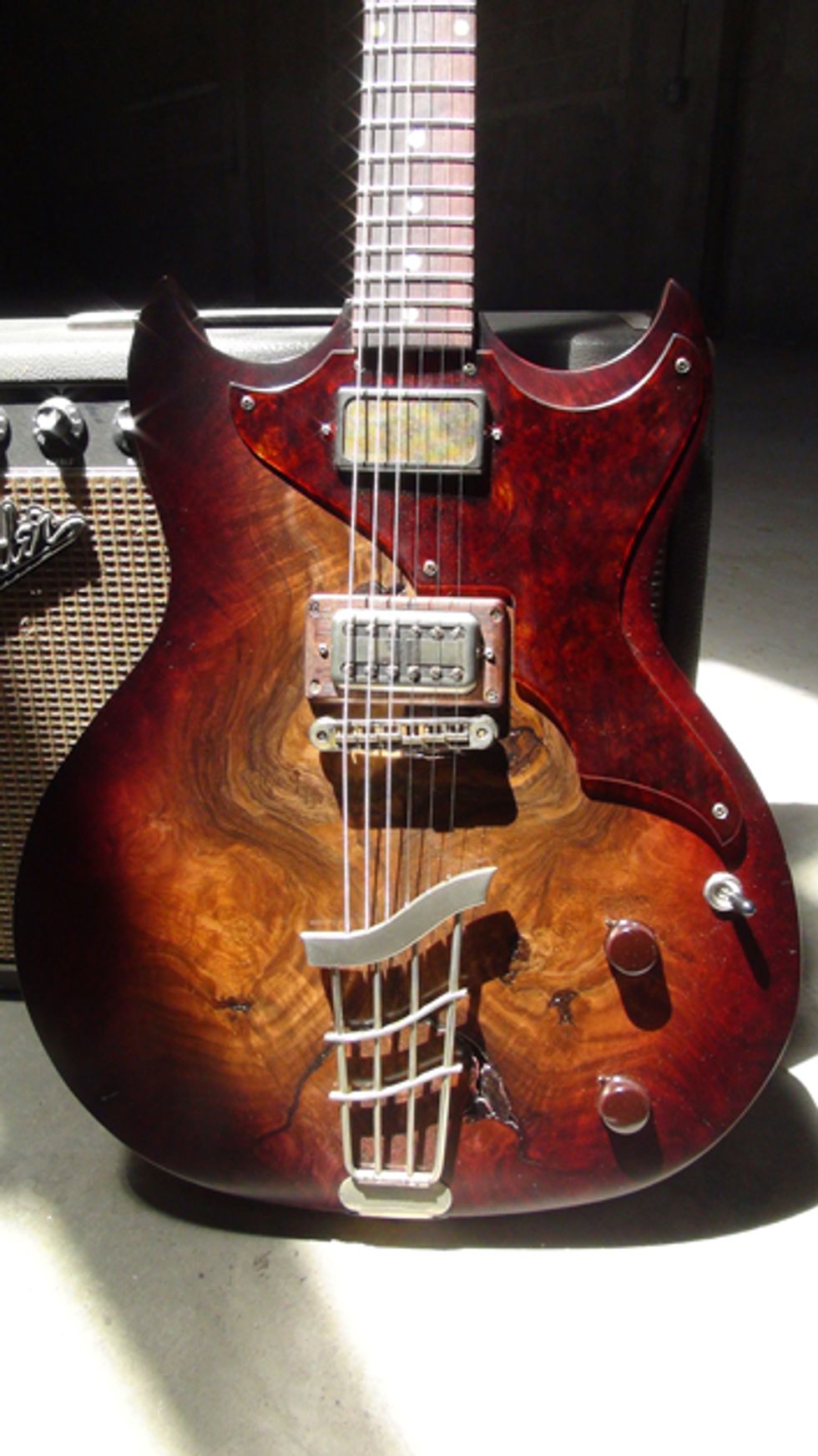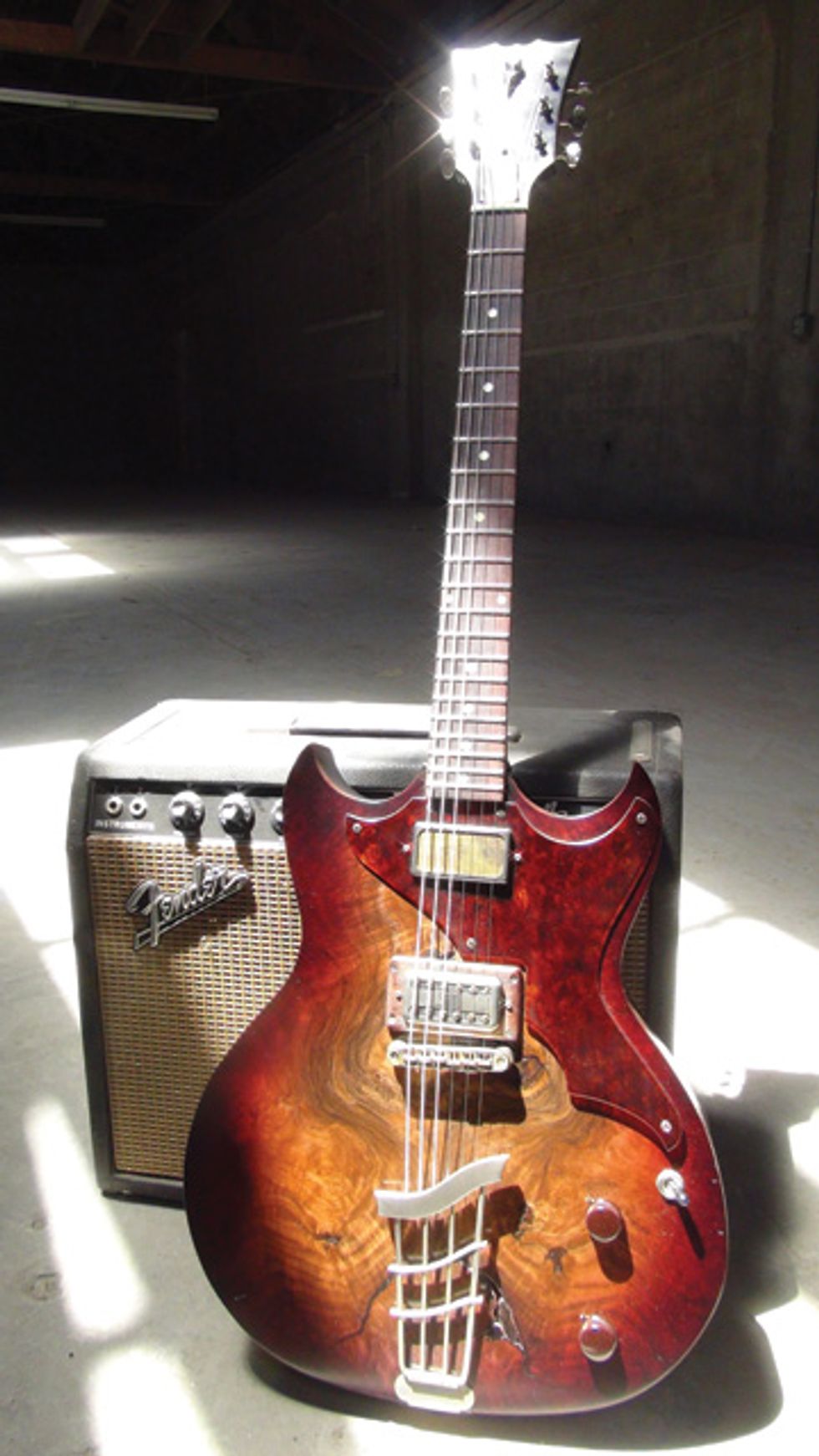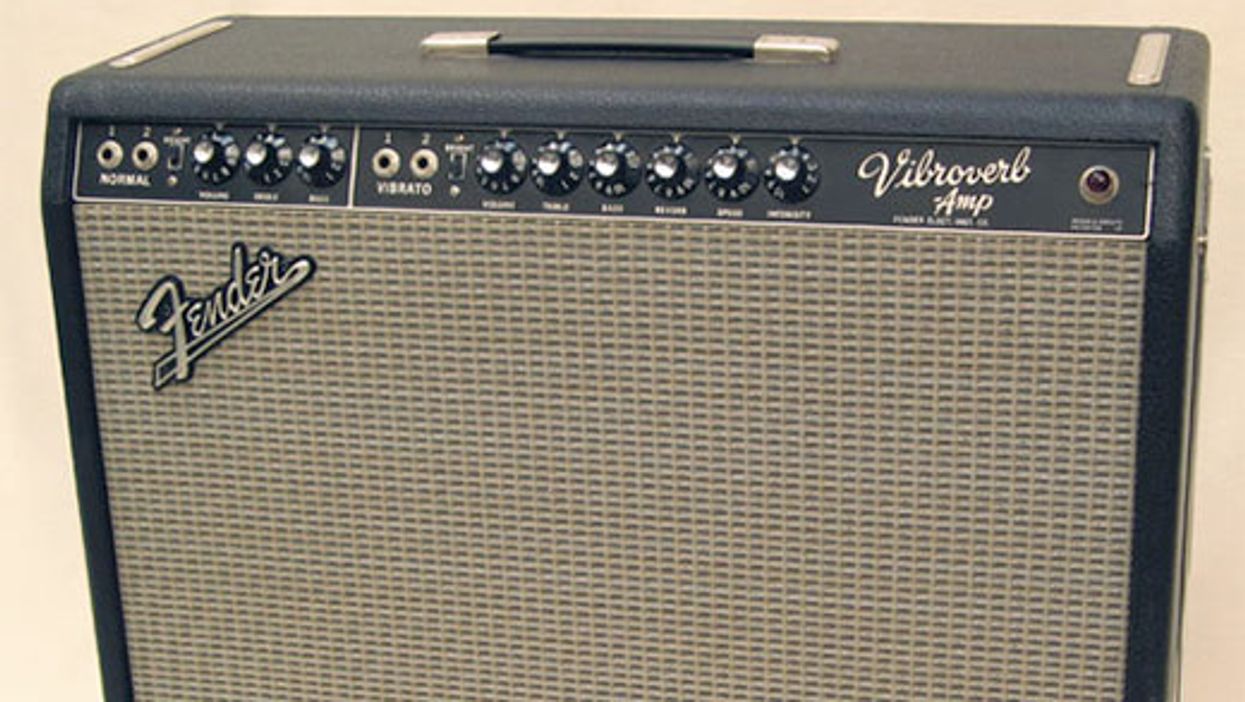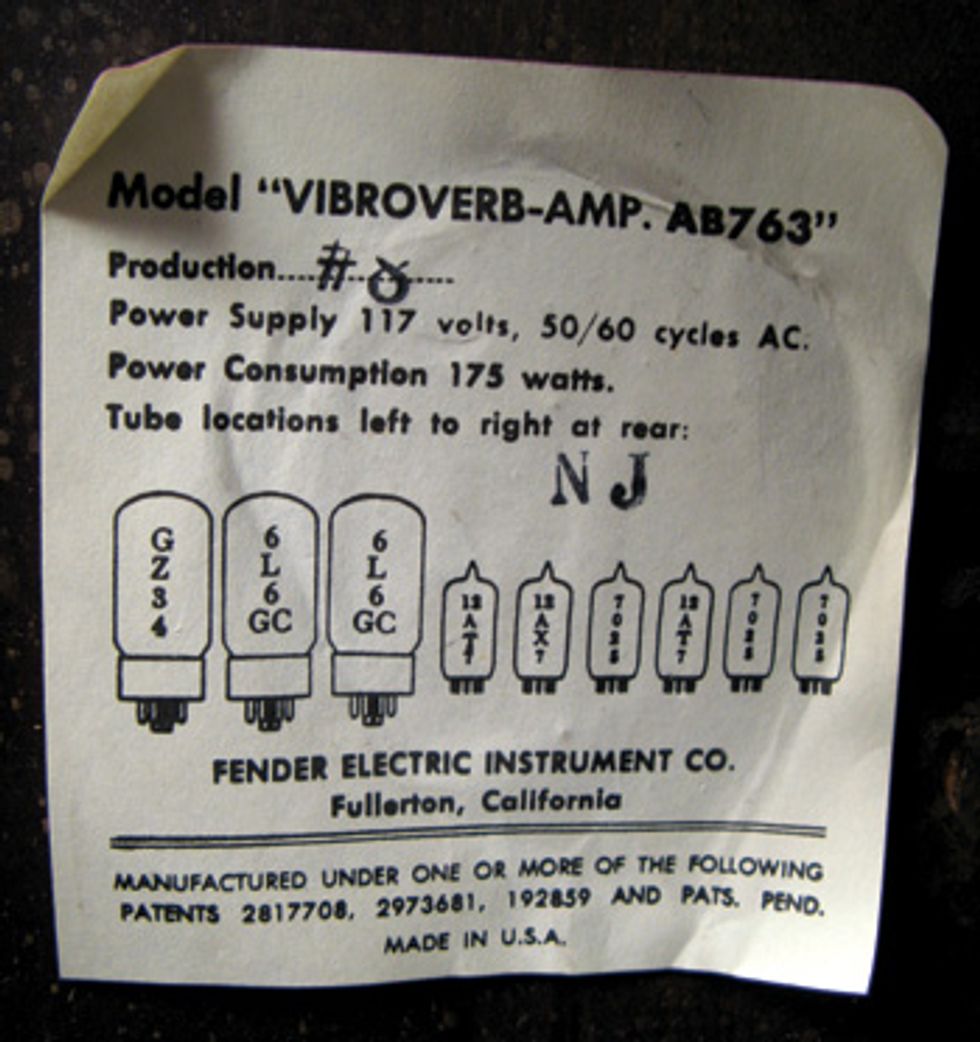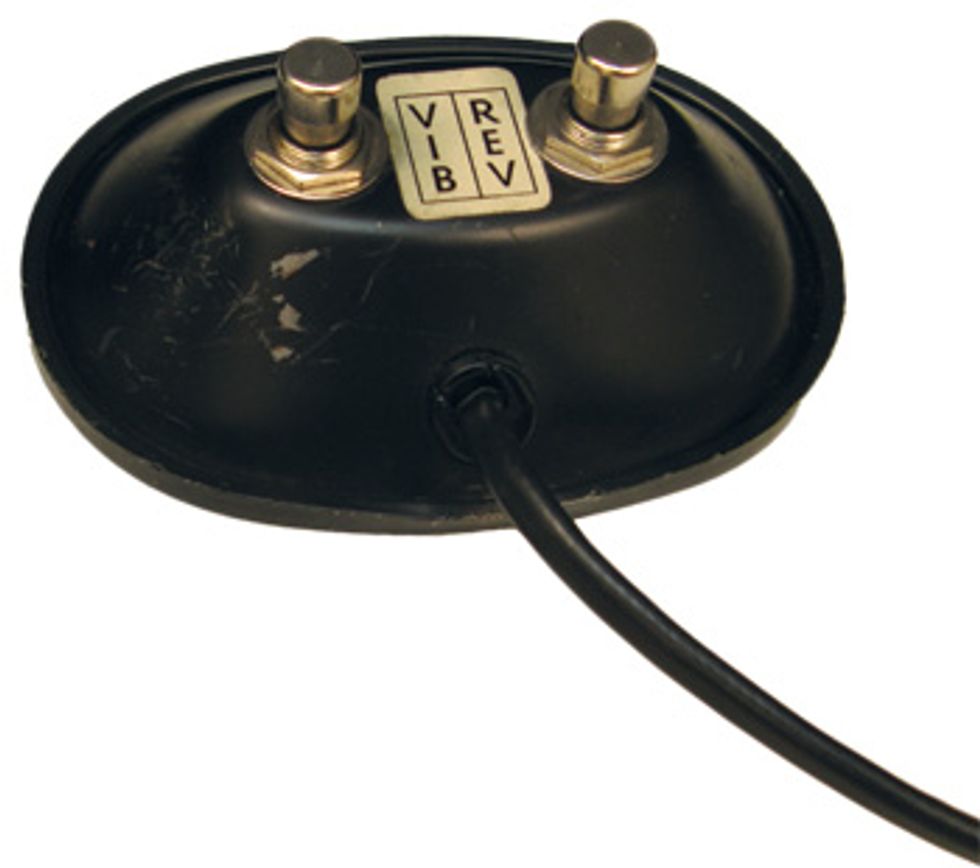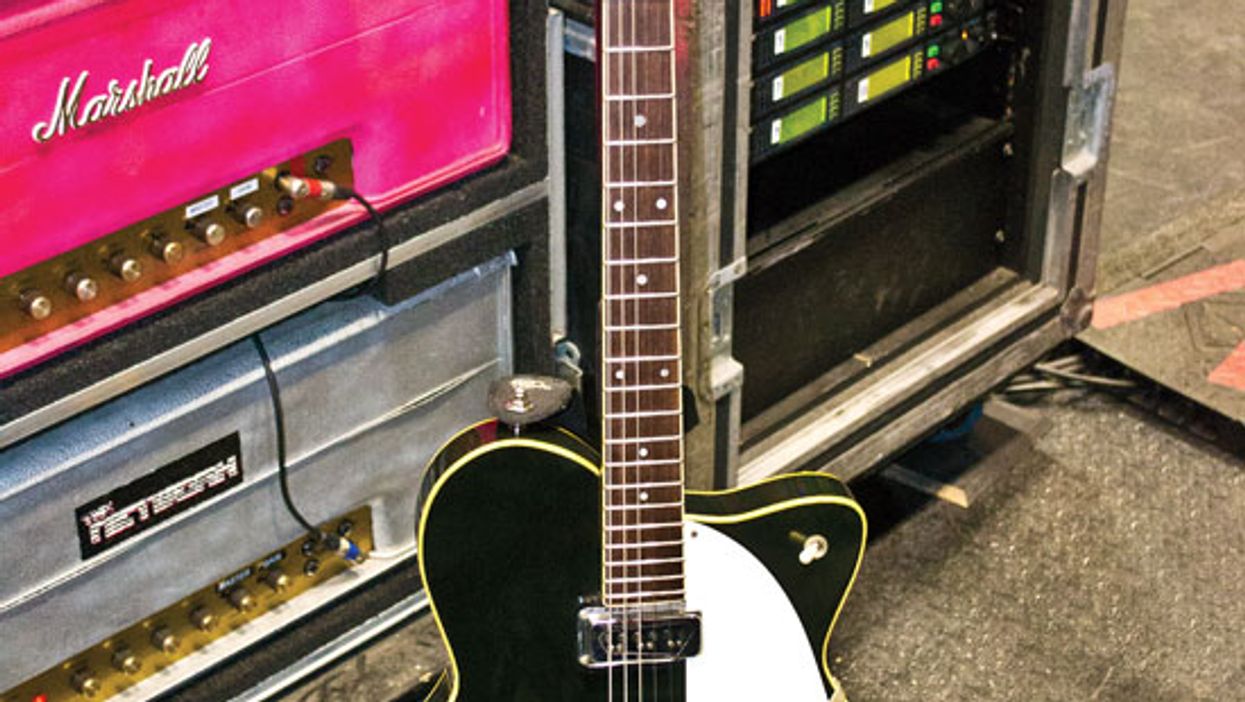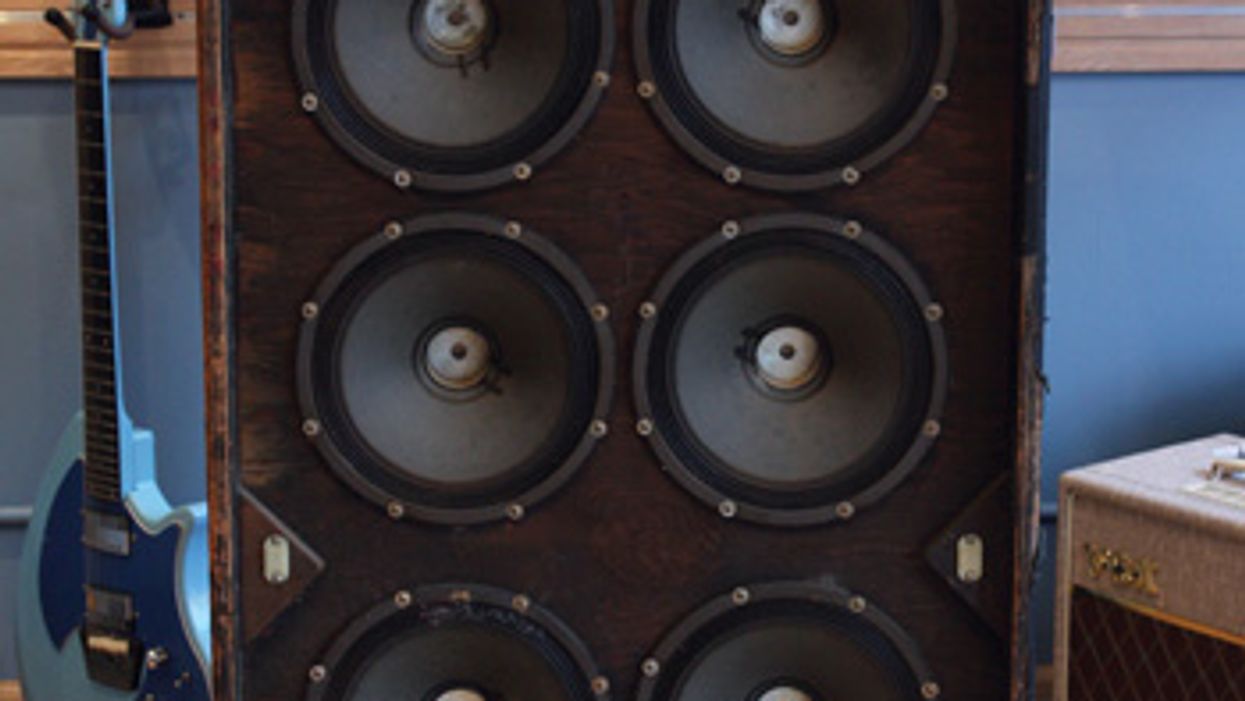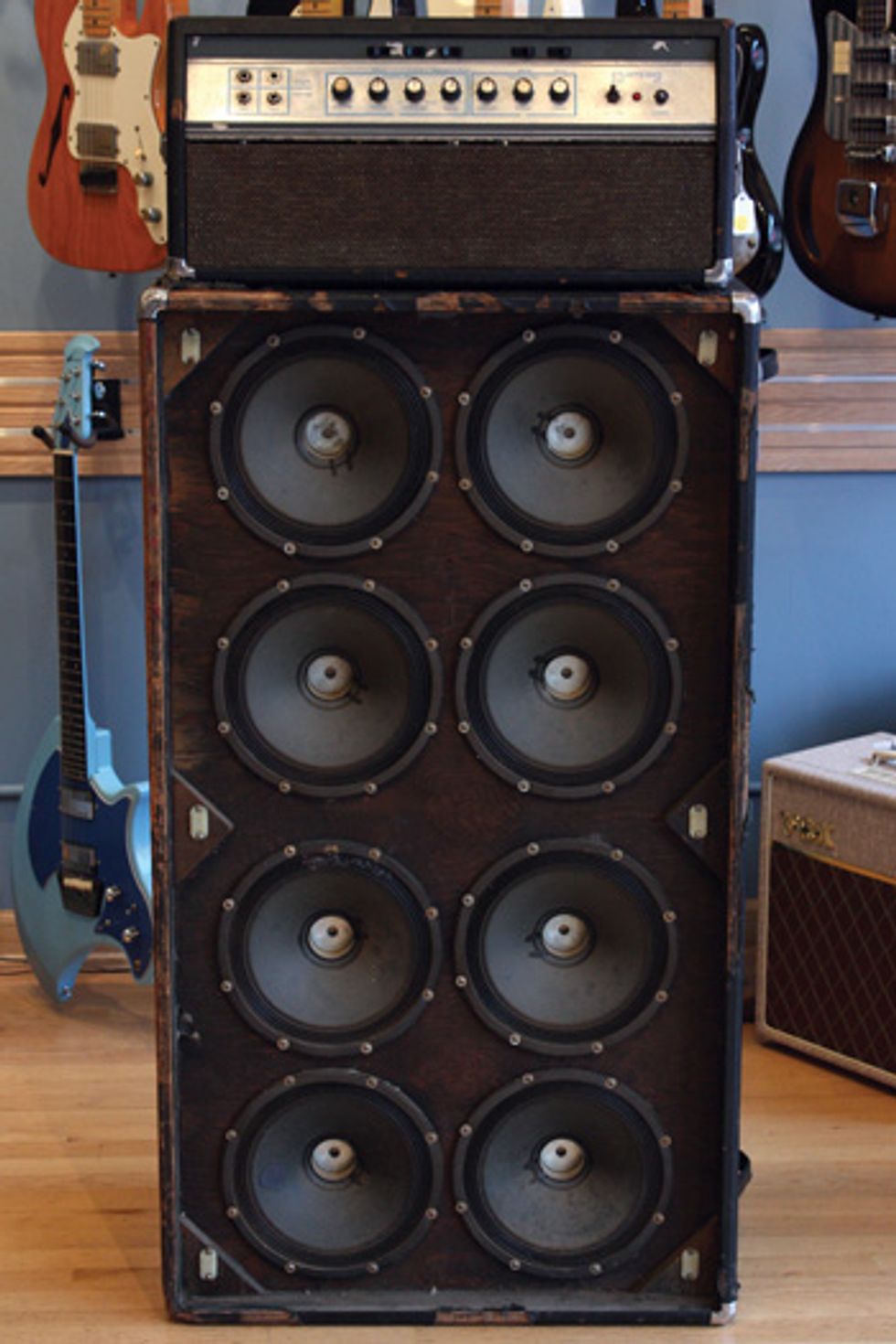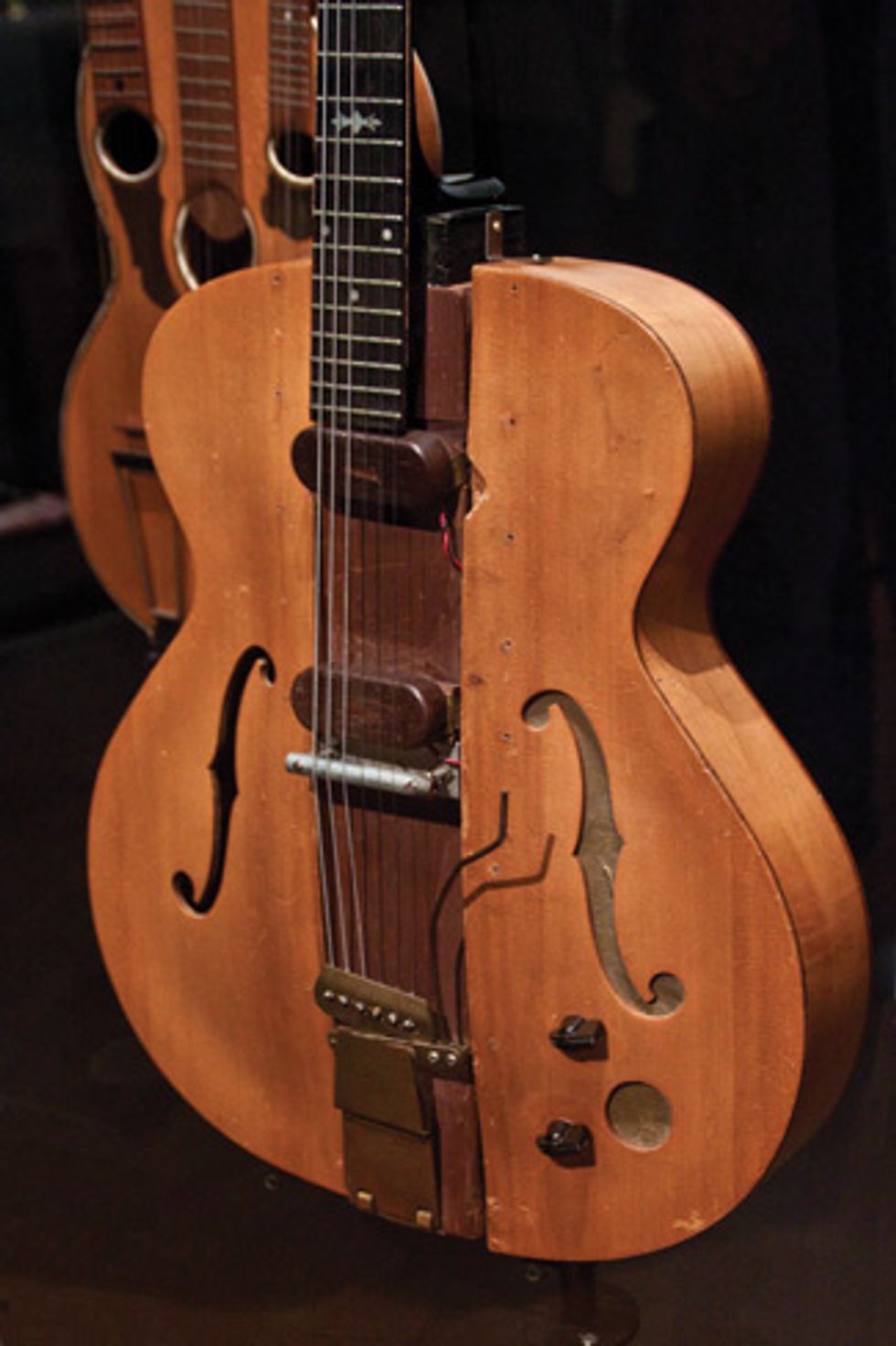
If there were a Mount Rushmore for electric guitar, few would argue that Les Paul and his “Log” guitar didn’t belong on it right beside Leo Fender and his Broadcaster and Adolf Rickenbacker with his frying pan lap steel. Besides being a trailblazing player, Paul was a tinkerer on a scale that makes Eric Johnson’s 9V battery and pedal-placement preferences seem mundane.
At 13, Paul constructed a hands-free harmonica holder so he could play guitar and harmonica simultaneously. Then, in the late ’40s, he helped pioneer multitrack recording with his single “Lover,” on which he layered eight guitar parts using an Ampex Sel-Sync tape machine. He was also among the first to seriously experiment with effects in the studio, including tape delay and phasing. It’s probably not much of a stretch to say he was the guitar world’s first true gearhead. But Paul’s biggest gear-related contribution had to be his “Log” solidbody electric guitar.
First testing out his lutherie skills as a youngster in the 1920s, Paul found that he could take a phone’s mouthpiece and use it as a microphone for singing and harmonica. He later mounted it inside the guitar and wired it to a phonograph needle in the neck to create a primal pickup. Because the feedback was unbearable, Paul put some plaster of paris inside the guitar to reduce hum— but that also added unwanted weight to the instrument. He eventually concluded the hollow body was the problem, so he went to a railroad yard, procured a piece of steel to use as a guitar body, and applied the mouthpiece- pickup system to it. Problem solved— the guitar was amplified, but without the buzz. Naturally, the idea of using a piece of metal onstage was less than appealing—particularly in an age when fancy jazz guitars with f-holes were what music fans were used to seeing. For the time being, Paul continued on with his hollowbody guitars.
Years later, in the late 1930s, he revived his solidbody idea with two goals in mind: He wanted a solidwood guitar that would sustain longer and produce a more brilliant tone than a hollowbody. Keeping it basic, Paul built the guitar on a 4" x 4" slab of pine equipped with homemade tremolo and pickups. Just as he'd feared before, audiences weren’t receptive. So Paul cut an Epiphone archtop body in half and added the "wings" to the pine body for a more acceptable look.
In the early 1940s, Paul approached Gibson with his invention, but the company balked, likening it to a “broomstick with pickups.” But once Gibson caught wind of Leo Fender’s Broadcaster creation in 1950, Gibson’s Ted McCarty quickly began working on a singlecut, solidbody electric with Paul as a special consultant. In 1952, they released the first incarnation of the Les Paul model—now the most iconic signature model ever built.
This innovative spirit eventually landed Paul a place in the National Inventors Hall of Fame in Akron, Ohio. And the guitar that started it all—the Log—has been housed at the Rock ’n’ Roll Hall of Fame and the Smithsonian, but the artifact currently resides in the Country Music Hall of Fame’s Cool and Unusual: Treasures From the Archive exhibit.




